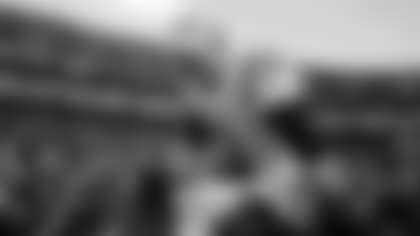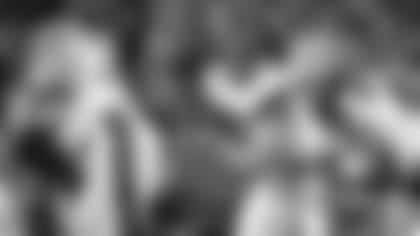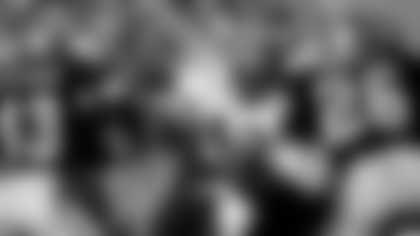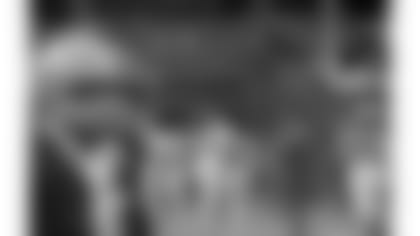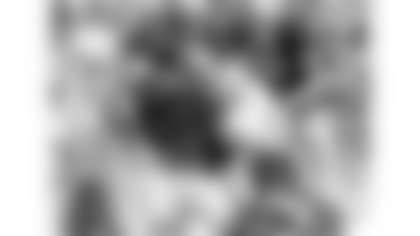In the weeks leading up to training camp, we will take a look back at a few of the most pivotal seasons in Bengals history. The 1981 season featured the team's first playoff win, the "Freezer Bowl" and the franchise's first Super Bowl appearance.
Season Summary
A season that began with the unveiling of the now iconic Bengals-striped helmets ended in Cincinnati's first trip to the Super Bowl. Coming off a 6-10 season in 1980 under first-year head coach Forrest Gregg, the Bengals made a jump from worst to first in the 1981 AFC Central.
Led by league MVP Ken Anderson, the Bengals finished 12-4 and won the AFC Central for the third time. Cincinnati started the season 5-3 before winning seven of their last eight games, including five in a row.
Anderson posted a league-best 98.4 quarterback rating en route to his Most Valuable Player award, leading a Bengals offense that jumped from 15.3 points per game in 1980 (27th in the league) to 26.3 points per game in 1981 (third). Rookie receiver Cris Collinsworth, a second-round pick out of the University of Florida, hauled in 67 receptions for 1,009 yards and eight touchdowns, while TE Dan Ross caught a then-club record 71 passes. FB Pete Johnson led the rushing attack: He set a then-club record in rushing yards with 1,077 and scored 12 touchdowns.
Cincinnati hosted the Buffalo Bills in the Divisional Round of the playoffs, their first-ever home postseason contest. The Bengals won their first playoff game in franchise history, beating the Bills 28-21. Anderson hit Collinsworth for a 16-yard touchdown early in the fourth quarter to break the 21-21 tie, and the Cincinnati defense came up with a late stop to clinch the victory. Anderson completed 66% of his passes for 192 yards in the game, while HB Charles Alexander ran in two touchdowns and compiled a season-high 72 rushing yards.
The Bengals then hosted the San Diego Chargers in the AFC Championship, a game that would come to be known as "The Freezer Bowl." The coldest wind chill game in NFL history, the 1981 AFC title bout was played in frigid -9-degree weather with a -59-degree wind chill.
Cincinnati dominated from the start, gaining an early mental advantage when the entire offensive and defensive lines wore short sleeves. The Bengals won 27-7, forcing four turnovers in the victory. Johnson, also wearing short sleeves, carried the ball 21 times for 80 yards and a score. Anderson threw for 161 yards and two touchdowns as the Bengals rolled into the franchise's first Super Bowl appearance.
The Bengals came up against QB Joe Montana and the San Francisco 49ers at the Pontiac Silverdome in Pontiac, Michigan, in Super Bowl XVI. Anderson outdueled Montana in the game, throwing for 300 yards to Montana's 157 and setting a then-Super Bowl record in completions (25) and completion percentage (73.5%). However, Anderson threw two interceptions, and Cincinnati turned the ball over four times. Three of those turnovers led to 17-first points for San Francisco, and the 49ers took a 20-0 lead into the locker room.
The Bengals battled back, cutting the lead to 26-21 thanks to Ross's two touchdowns and 11 receptions (then a Super Bowl record). However, Cincinnati was unable to recover the onside kick, and the 49ers claimed their first of five Super Bowls.
Notables
As already noted, 1981 was the first season of the striped helmets. Team founder Paul Brown, who then held the title of Vice President and General Manager, said the team wanted a helmet that would be instantly identifiable from a distance, similar to the Baltimore Colts' horseshoe helmet or the Chargers' lightning bolt. Brown was named NFL Executive of the Year by The Sporting News.
Cincinnati had five Pro Bowlers in 1981: Anderson, Collinsworth, Johnson, P Pat McInally and OT Anthony Munoz. Munoz earned his first of 11 Pro Bowl berths this season, a Bengals record.
Entering his MVP season, Anderson was actually in a battle for the starting job with 1979 first-round pick Jack Thompson, who was injured in the preseason. Anderson was benched during Week 1, but Gregg put him back in the lineup for Week 2, leading to one of the best seasons by a quarterback in team history.
Collinsworth became the first Bengal to be featured on the cover of Sports Illustrated in December of 1981.
Images from the 1981 AFC Championship between the Cincinnati Bengals and San Diego Chargers, a game affectionately known as the "Freezer Bowl." The Freezer Bowl is recalled as the coldest game in NFL history.
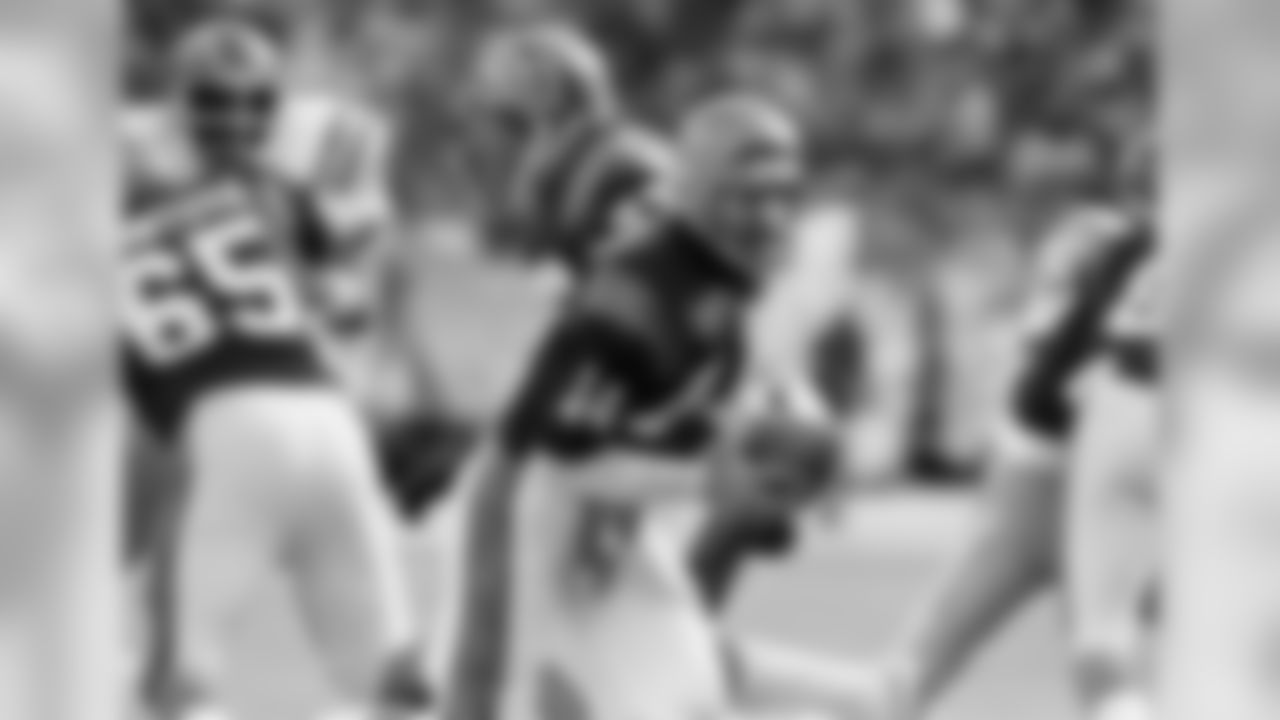
Cincinnati Begals quarterback Ken Anderson turns to make a handoff during the AFC championship game against the San Diego Chargers in Cincinnati on Jan. 10, 1982. Subzero temperatures curtailed the aerial duel expected by the two teams. (AP Photo)
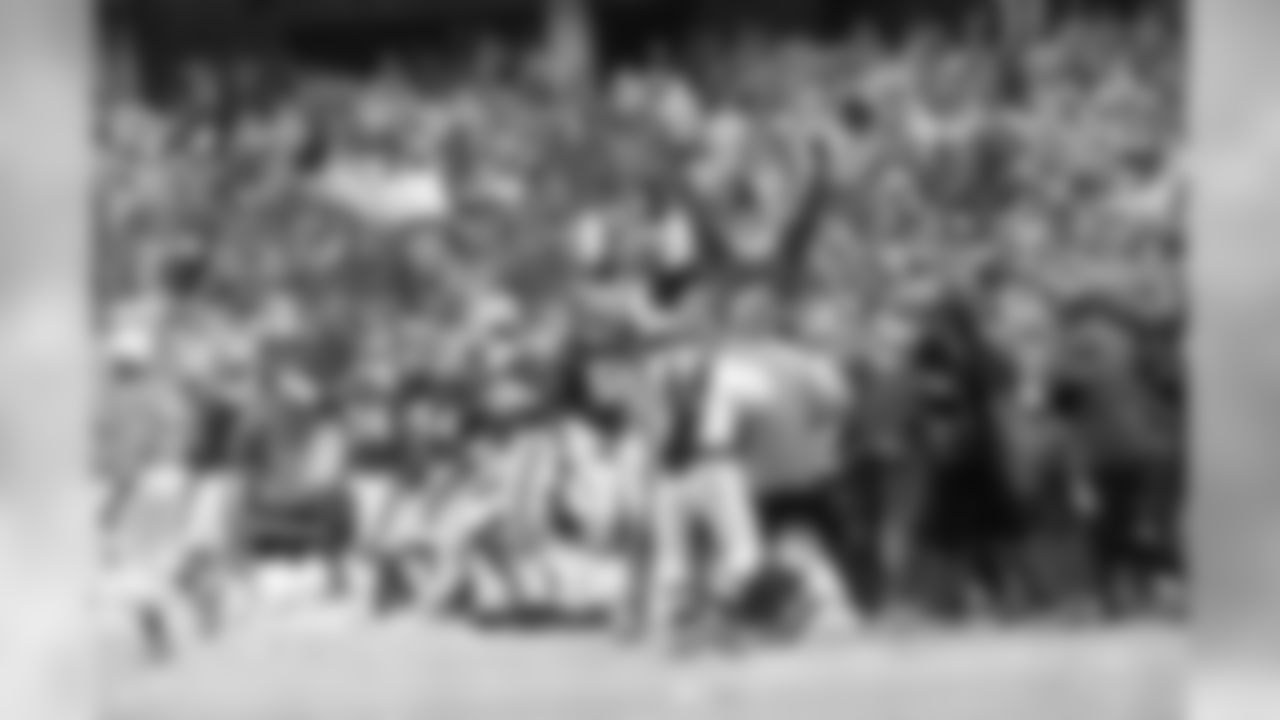
The Cincinnati Bengals break out in celebration after defeating the San Diego Chargers 27-7 in the AFC championship game in Cincinnati, Jan. 10, 1982. (AP Photo)

Their breath made visible by sub-zero temperatures, fans cheer during the AFC championship game between the Cincinnati Bengals and the San Diego Chargers in Cincinnati, Jan. 11, 1982. The Bengals defeated the Chargers, 27-7. (AP Photo)
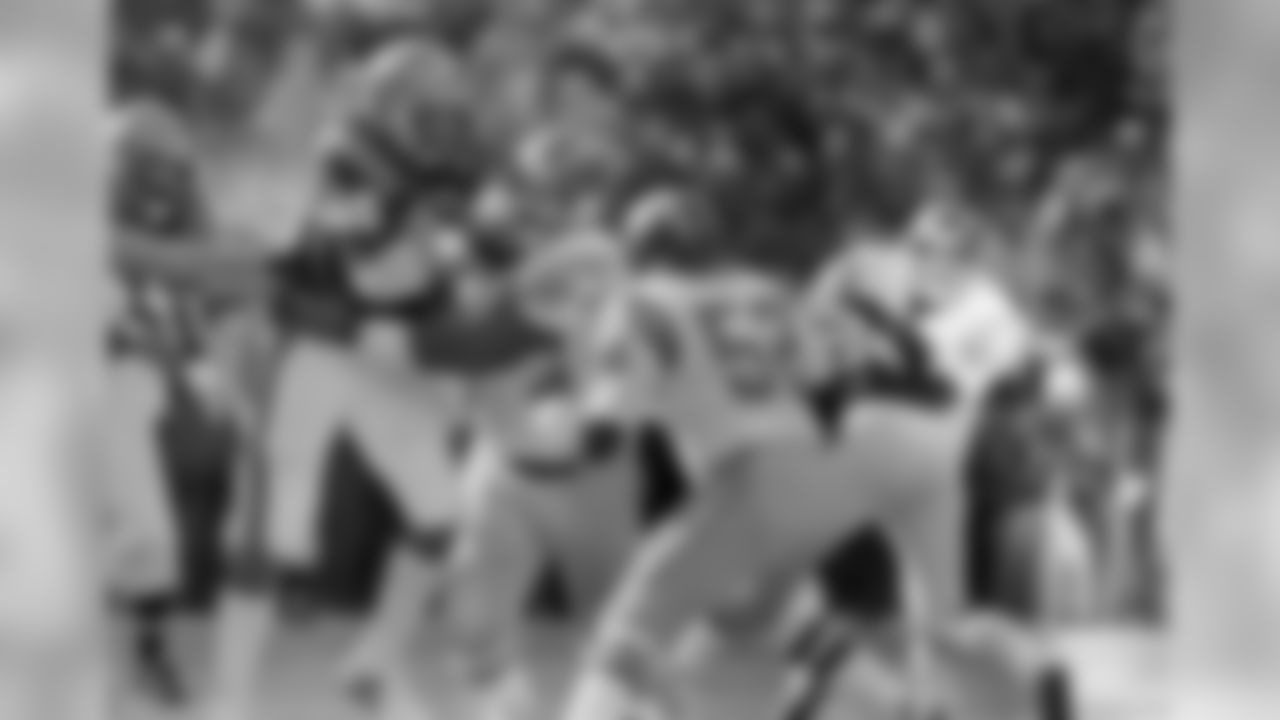
San Diego Chargers defensive players Louie Kelcher, center, and Ray Presten, right, stop Cincinnati Bengals running back Charles Alexander, left, for a short gain during first quarter action of the AFC championship game in Cincinnati on Jan. 10, 1982. (AP Photo)
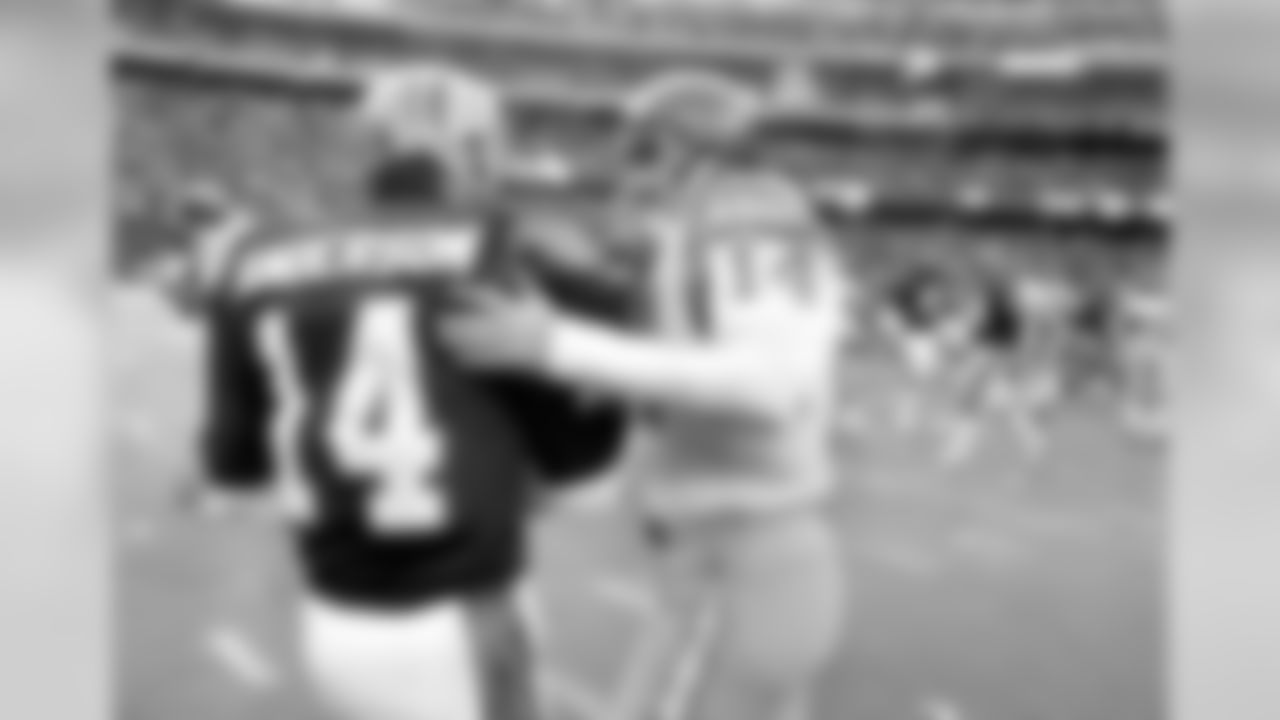
Cincinnati Bengals quarterback Ken Anderson, left, reacts as San Diego Chargers quarterback Dan Fouts, right, looks dejected after the Bengals defeated the Chargers in the AFC championship in Cincinnati on Jan. 10, 1982. Fouts was intercepted twice in the game, and Anderson passed for two touchdowns and no interceptions. (AP Photo)
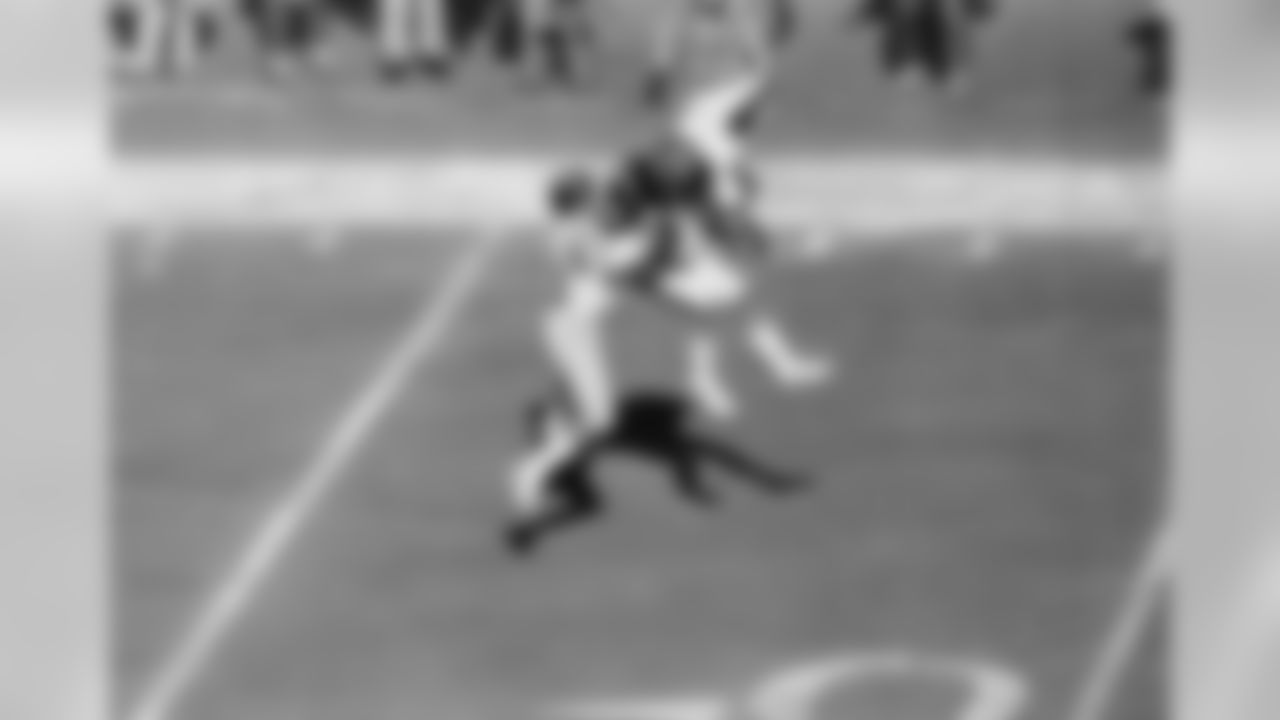
Cincinnati Bengals cornerback Louis Breedon, right, intercepts a pass to San Diego Chargers receiver Charlie Joinor, left, to break up a second quarter drive by the Chargers in Cincinnati on Jan. 10, 1982. Breedon's interception came on the Bengals six yard line. (AP Photo)
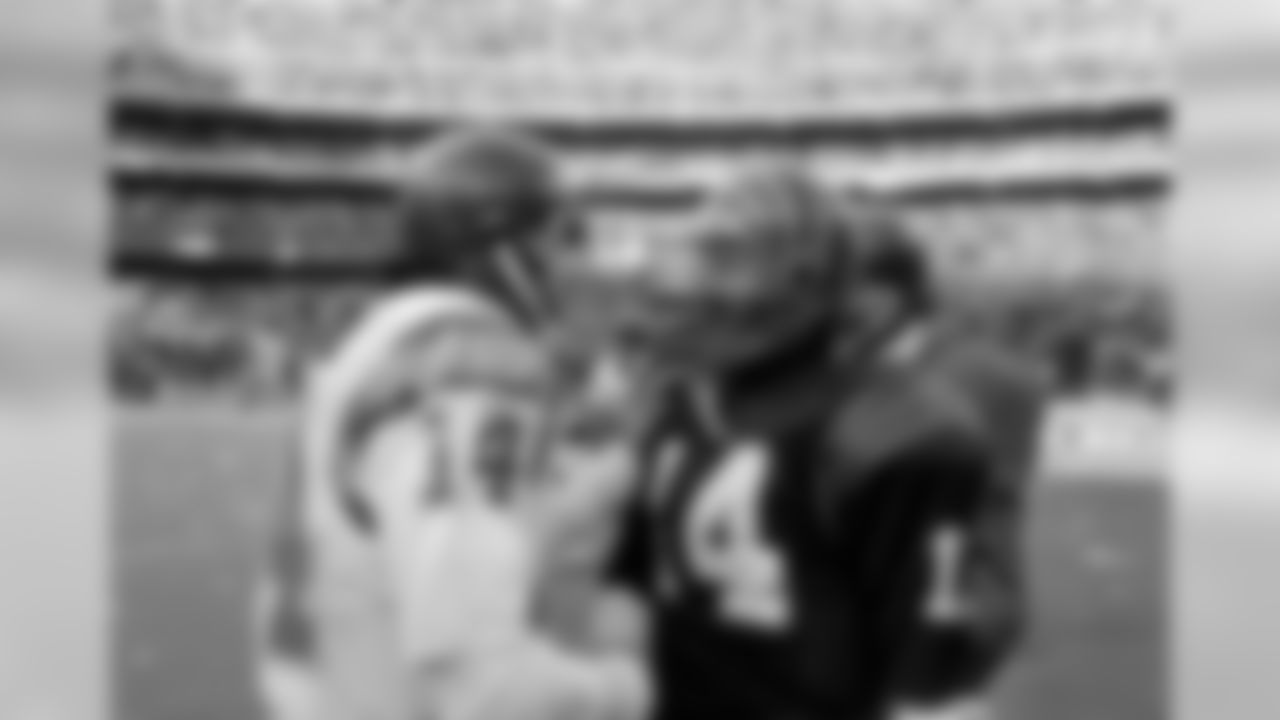
Cincinnati Bengals quarterback Ken Anderson, left, reacts as San Diego Chargers quarterback Dan Fouts, right, looks dejected after the Bengals defeated the Chargers in the AFC championship in Cincinnati on Jan. 10, 1982. Fouts was intercepted twice in the game, and Anderson passed for two touchdowns and no interceptions. (AP Photo)
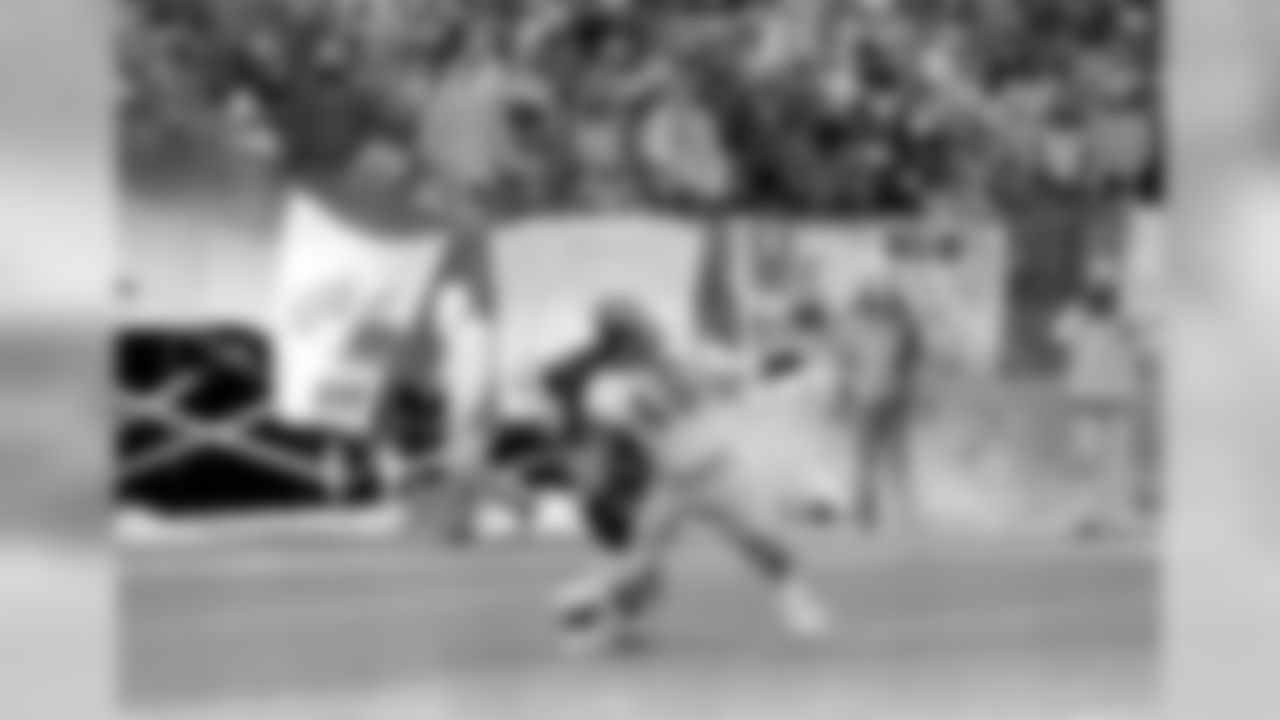
San Diego Chargers running back Chuck Muncie (46) reaches for a pass from quarterback Dan Fouts during the AFC championship game against the Cincinnati Bengals in Cincinnati on Jan. 11, 1982. Bengals defensive player Mike Fuller helps break up the play. The Bengals won 27-7. (AP Photo)
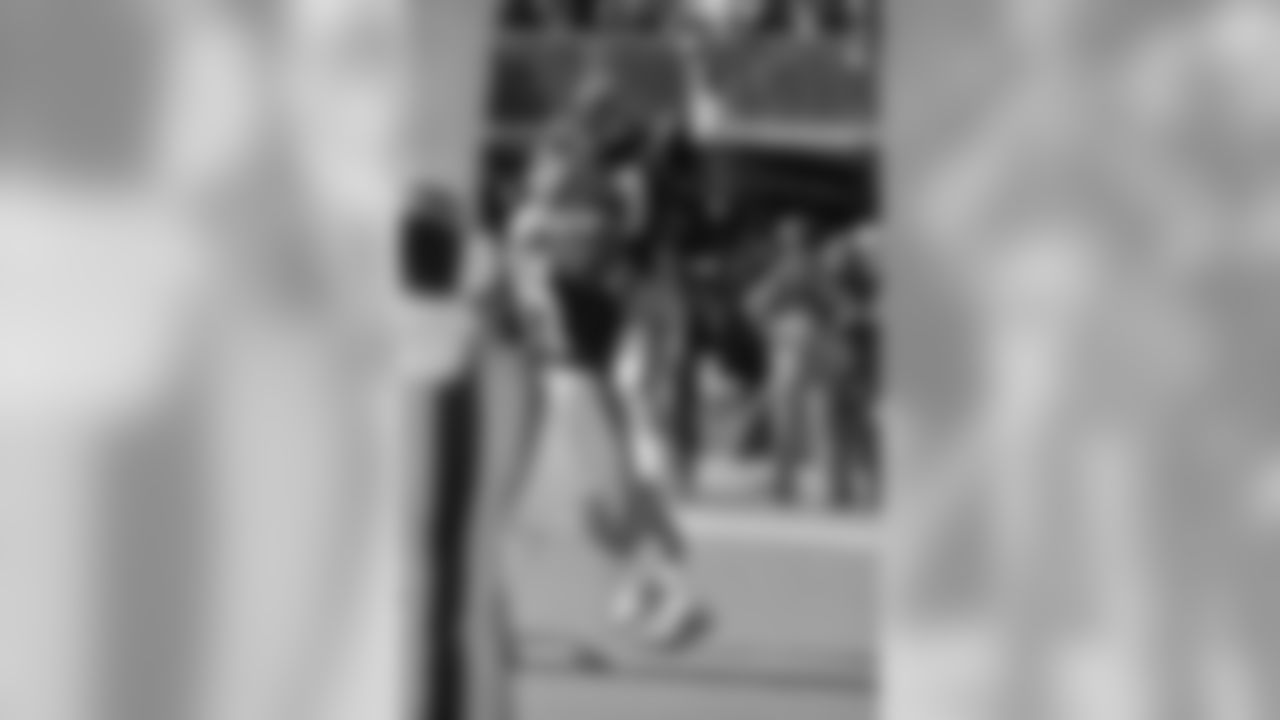
Cincinnati Bengals tight end M.L. Harris is carried by teammate Mike Wilson after scoring a touchdown on a pass from quarterback Ken Anderson in the first quarter of Sunday, Jan. 10, 1982 AFC title game with the San Diego Chargers in Cincinnati. (AP Photo)
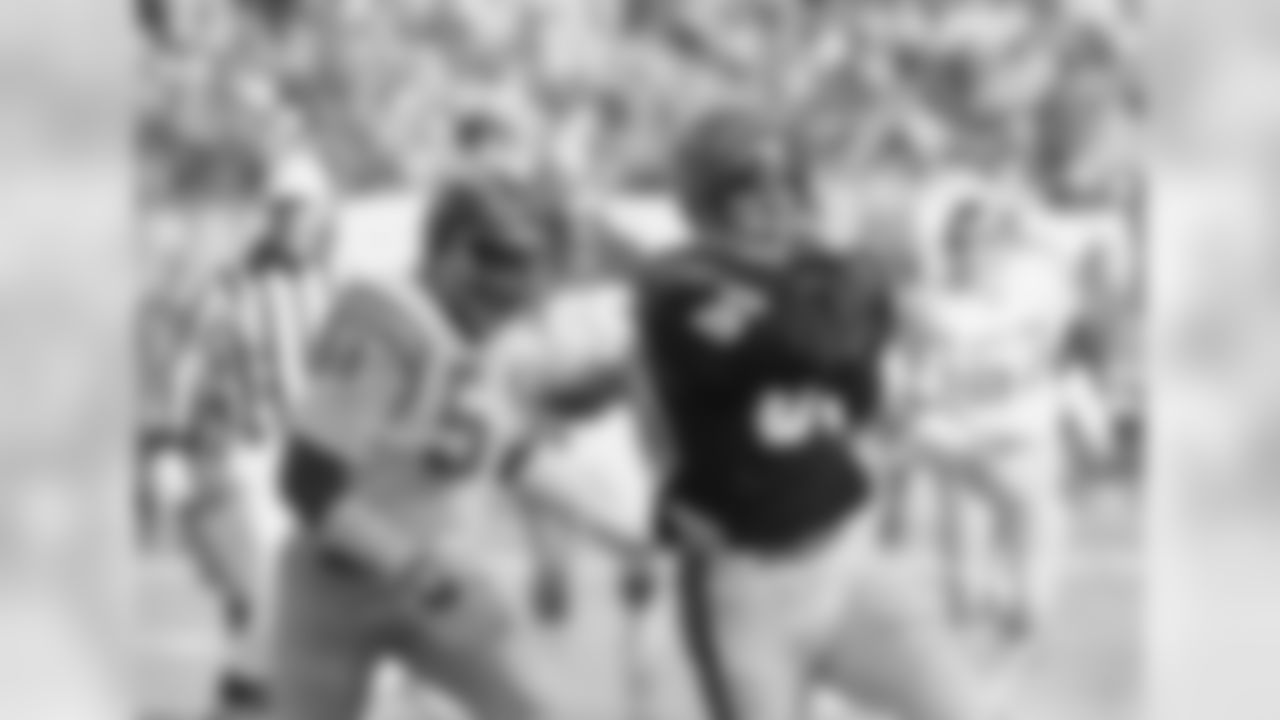
Cincinnati Bengals tight end Dan Ross drives for yardage after a pass reception from Bengals quarterback Ken Andersen during the AFC Championship game against the San Diego chargers, Sunday, Jan. 10, 1982, Cincinnati, Oh. Chargers linebacker Woodrow Lowe makes the stop during first half action. (AP Photo)
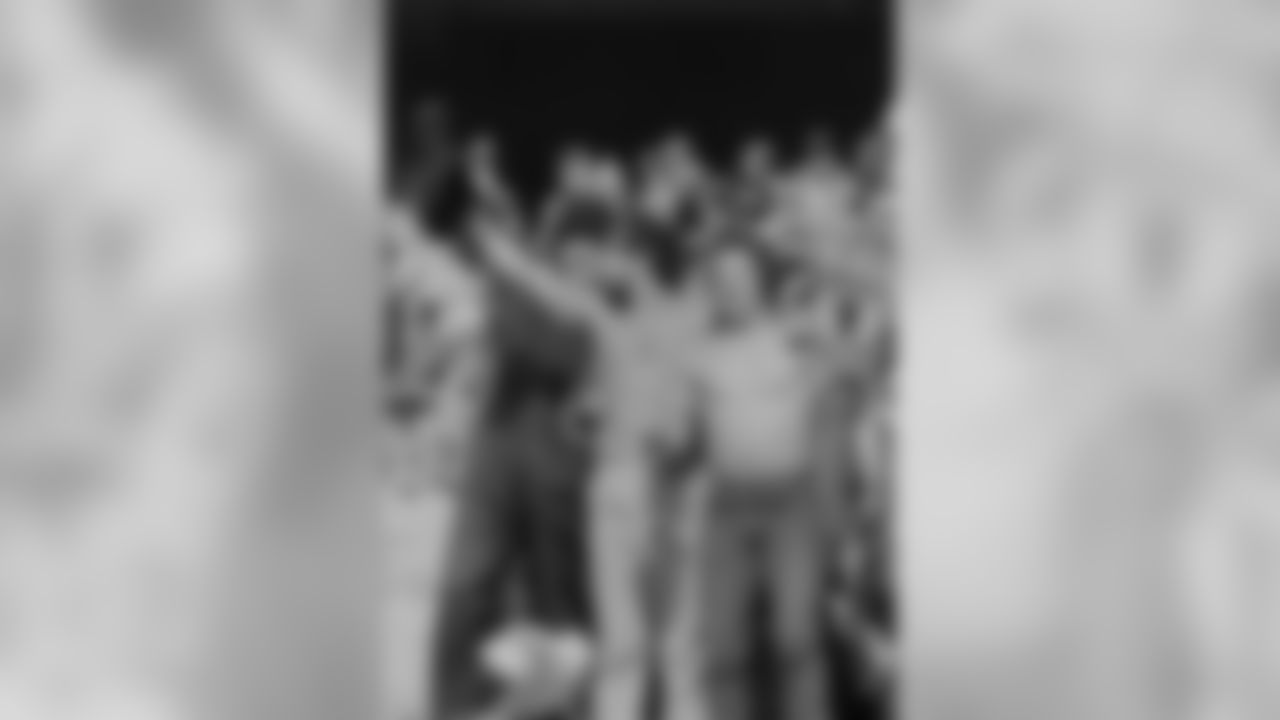
Shirtless Cincinnati Bengals fans are joined by another in a snowmobile suit as they cheer on the Bengals in the AFC championship game against the San Diego Chargers in Cincinnati, Jan. 10, 1982. Temperature at the game was minus 9 degrees. (AP Photo)
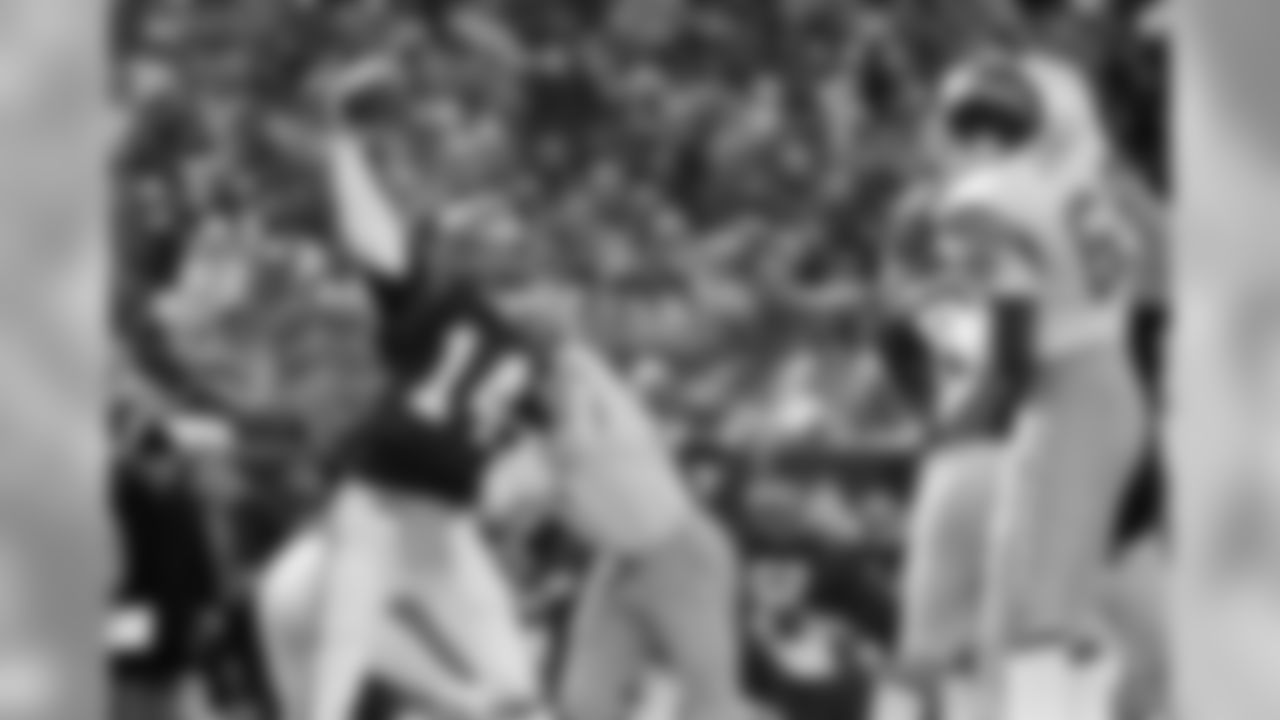
Cincinnati Bengals quarterback Ken Anderson, left, prepares to throw during the AFC championship game against the San Diego Chargers in Cincinnati on Jan. 10, 1982. (AP Photo)
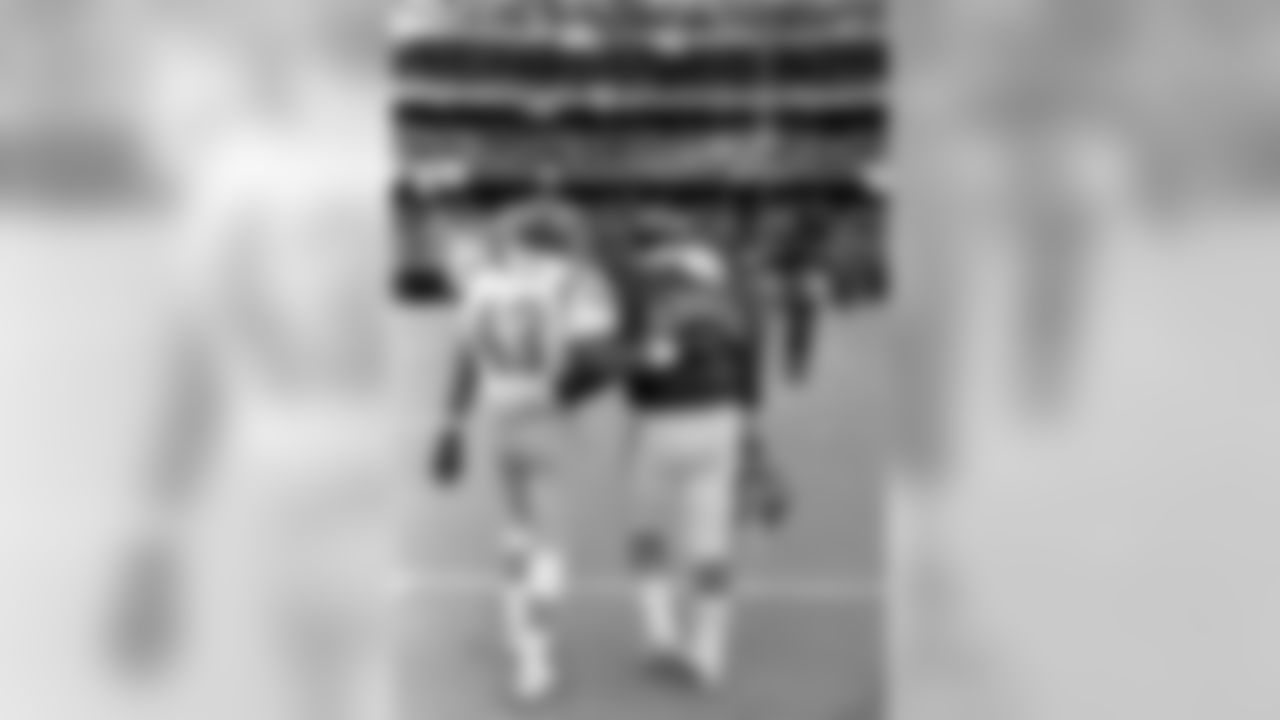
San Diego Chargers defensive back Bob Gregor, left, walks off the field with a Cincinnati Bengal in Cincinnati on Jan. 10, 1982. The Bengals defeated the Chargers 27-7 in the AFC championship game. (AP Photo/Harold P. Matosian)
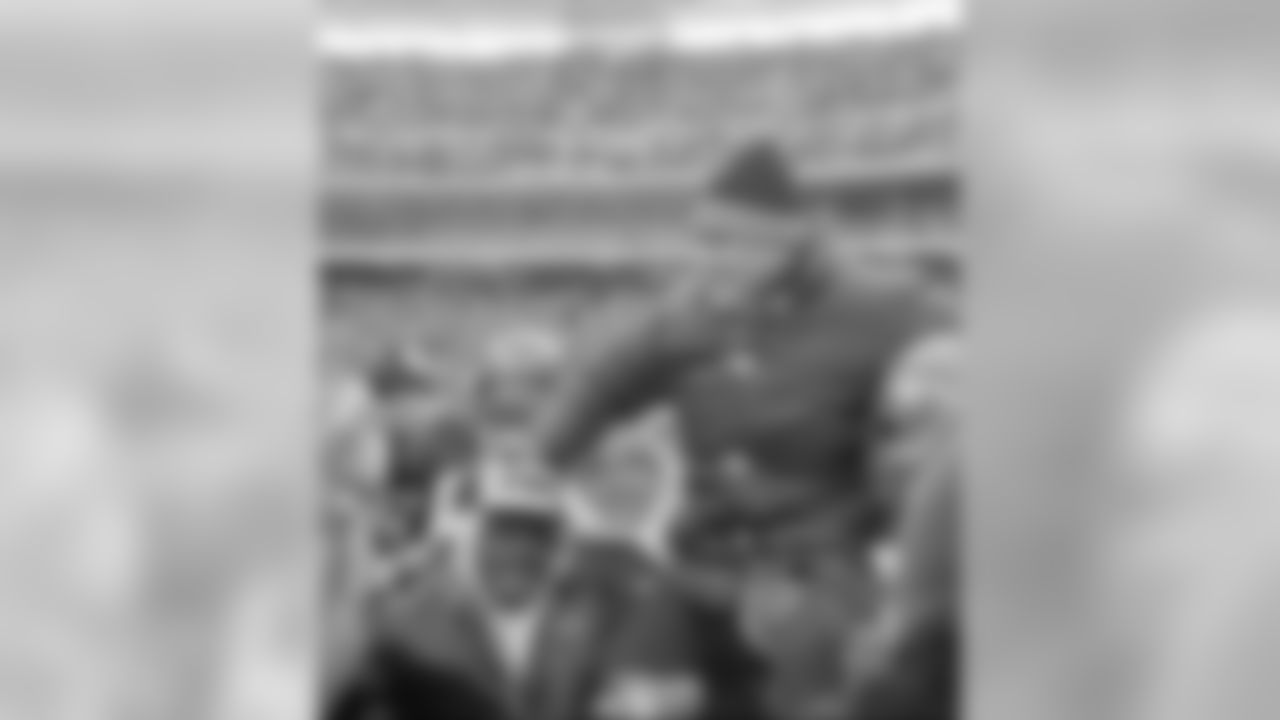
Cincinnati Bengals coach Forrest Gregg is carried off the field by jubilant players and fans after the Bengals defeated the San Diego Chargers in the AFC Championship playoff game in Cincinnati, Ohio, Jan. 10, 1982. The win gives the Bengals their first Super Bowl position. (AP Photo)
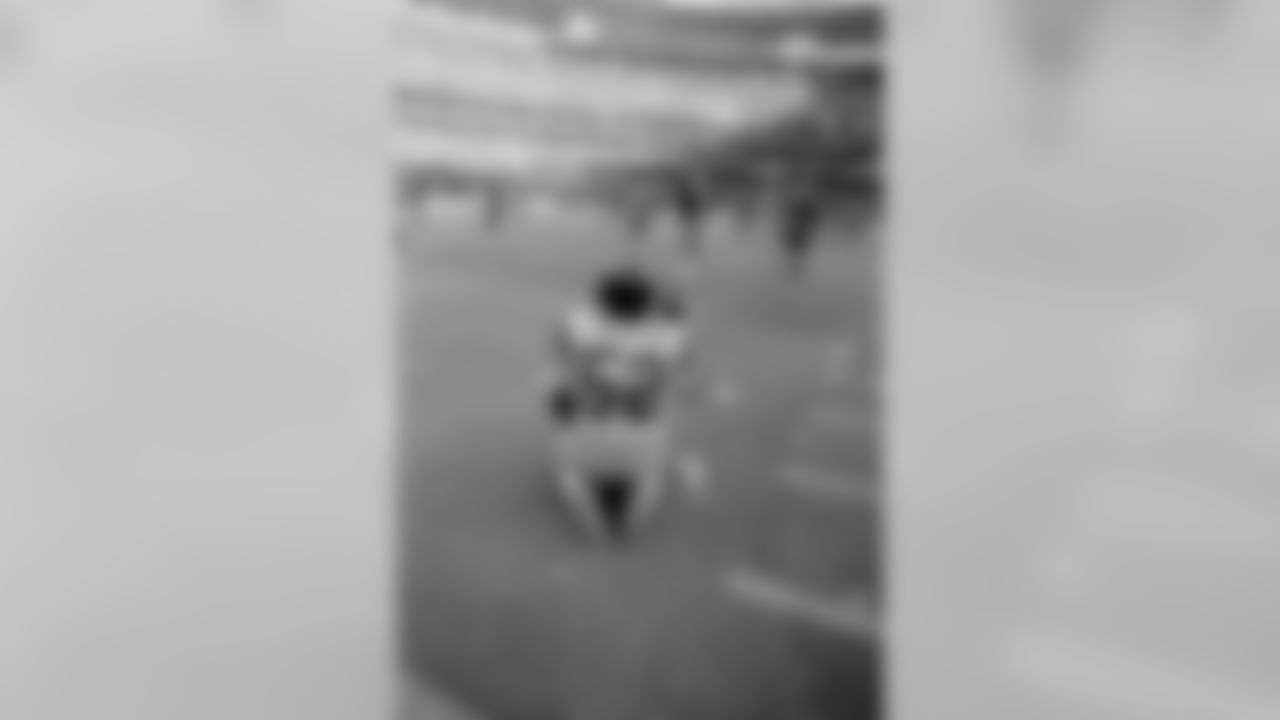
San Diego Chargers linebacker Ray Preston kneels on the turf after the Cincinnati Bengals defeated the Chargers 27-7 in the AFC championship game in Cincinnati on Jan. 10, 1982. (AP Photo)



